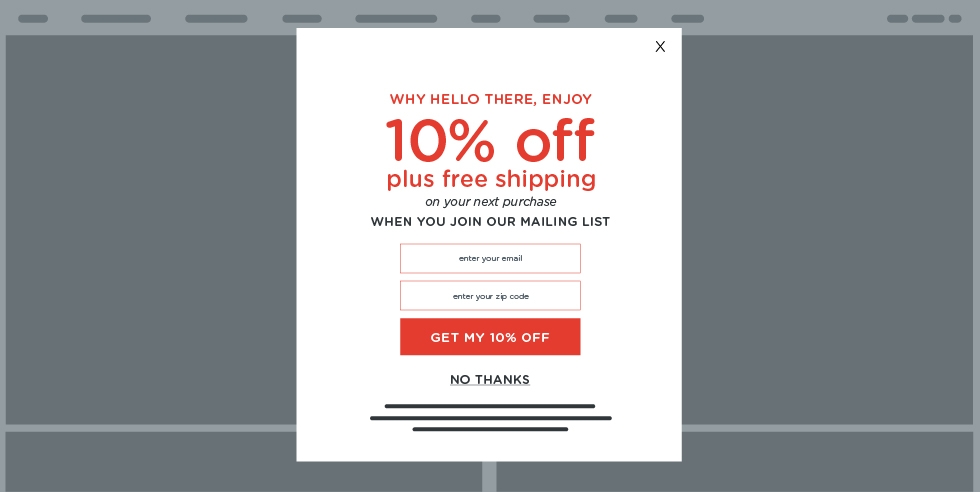David Ogilvy concluded his book Ogilvy On Advertising with 13 predictions.
Many of them were flat out misses (billboards are just as prevalent as ever, direct response is still effective and politicians lean on negative advertising even today).
Because for as creative as he was, he wasn’t Nostradamus reincarnated.
But, seeing as how this is January, we want to give you our 2023 advertising predictions, delivered by Stealth Creative Owner and President, Dan O’Saben.
(And if you prefer reading, keep scrolling.)
Prediction #1: AI Dominates
What a time to be alive.
You can give ChatGPT a prompt to write a blog post. Use Midjourney to create images. And then use Grammarly to edit the post itself.
Impressive, yes. Ethical? While still unresolved, we’re starting to see this issue play out in legal arenas.
Effective? Kind of. After all, AI isn’t creating anything new per se. It just scrapes content and images from the web and rearranges it.
All of this can seem great for a company with a limited budget. But if you ask someone to compare work produced by a person to that made by machine, that someone will probably gravitate towards the authentic, non-AI work.
AI is still pretty nascent. It lacks that quintessential human touch. More importantly, AI hasn’t perfected groundbreaking concepts, even with the best of prompts—yet.
Prediction #2: Mending the Media Divide
Gone are the days when people tuned in at the same time to the same channel. Music playlists are generated by songs you’ve streamed and liked.
We live in a fractured environment, where we all consume media tailored to our tastes, with narrowcasting gaining hold on traditional broadcast.
So while traditional media isn’t going anywhere soon, that’s why we think there will be a bigger investment in OTT/CTV advertising in 2023.
Here’s another reason: There are no elections, which works against the amount companies typically spend on traditional media.
With an influx of budgets ready to be deployed in alternative formats, that means the need to identify and segment audiences with even greater precision becomes critical.
Prediction #3: In It For The Long Haul
There seems to be a misconception that the average person has the attention span of a gnat.
That’s not always true—at least when it comes to content we care about. Who among us hasn’t spent more hours than we’d like to admit watching or listening to a true crime docuseries?
We’ve learned that when it comes to consequential content (like videos on an assisted living facility where a loved one may reside), long form still reigns supreme.
As a result, we see brands leaning into short form reels for teasers or to raise awareness and long form, in-depth content to educate when an important decision needs to be made.
What Are Your Advertising Predictions for 2023?
That’s what we see happening next year. What do you think? Will our prediction be more accurate than Ogilvy’s? Do you have a different take?
We’d love to hear your thoughts. Drop us a comment or reach out to us. We predict we can help you crush your marketing goals.
